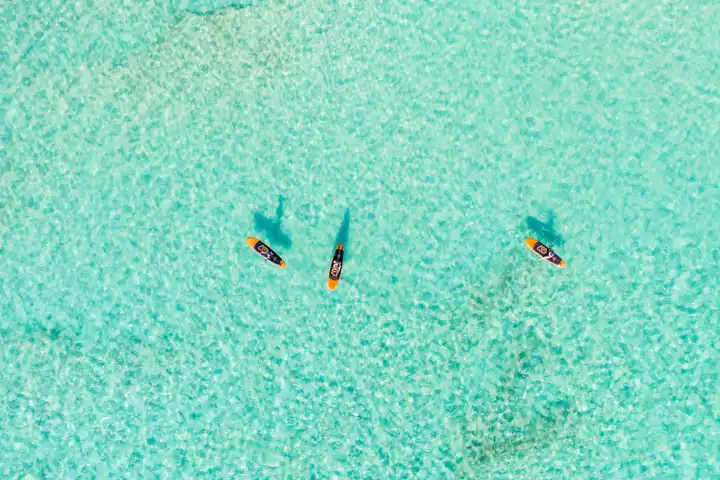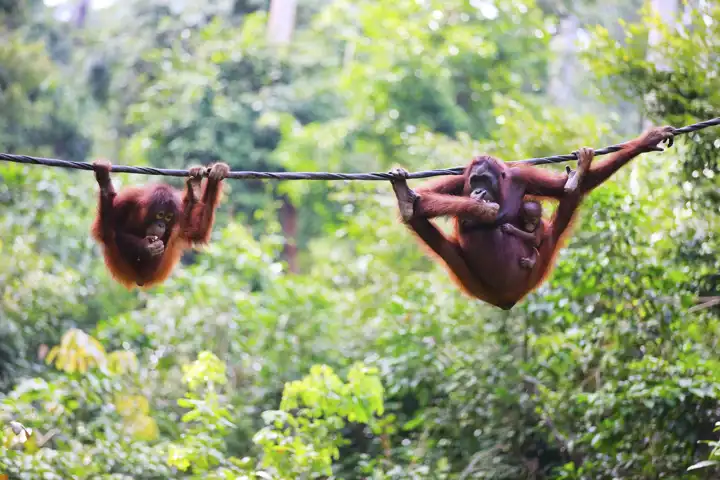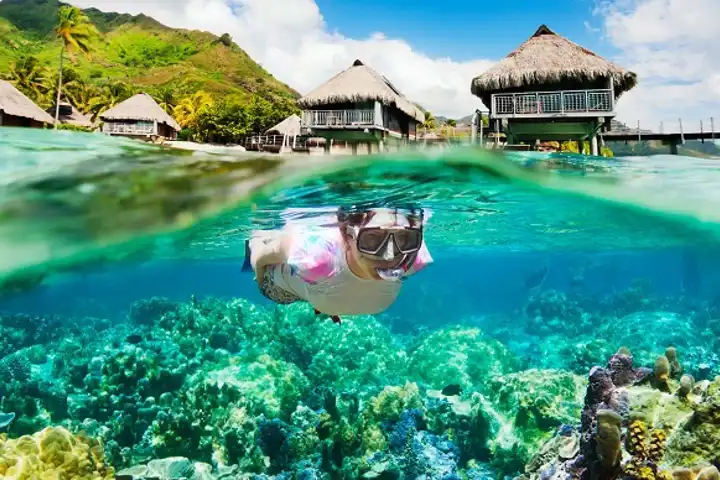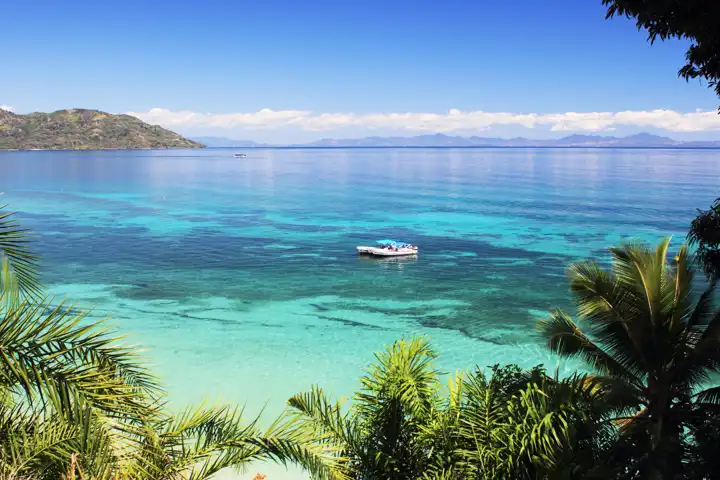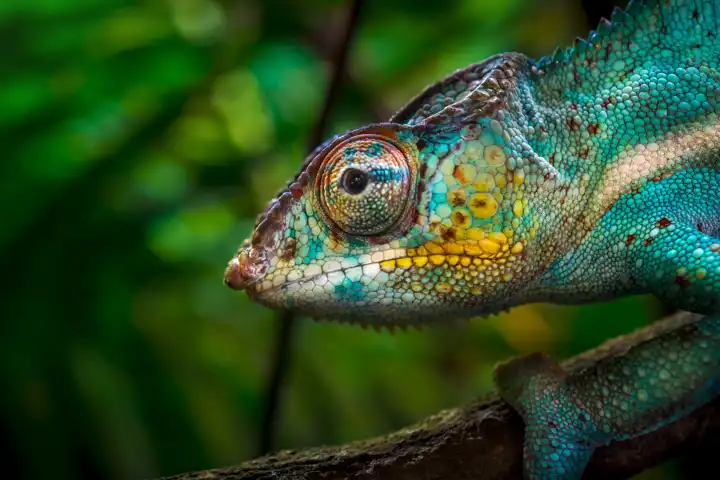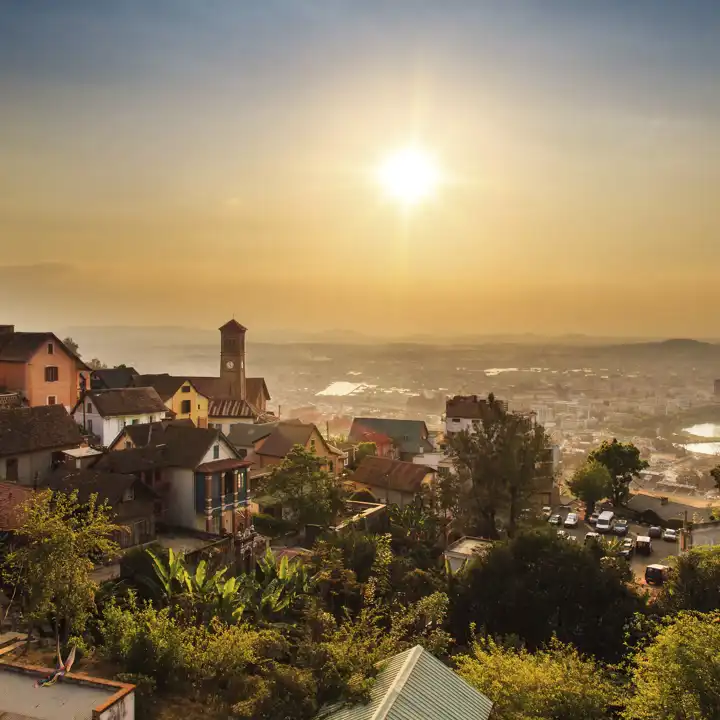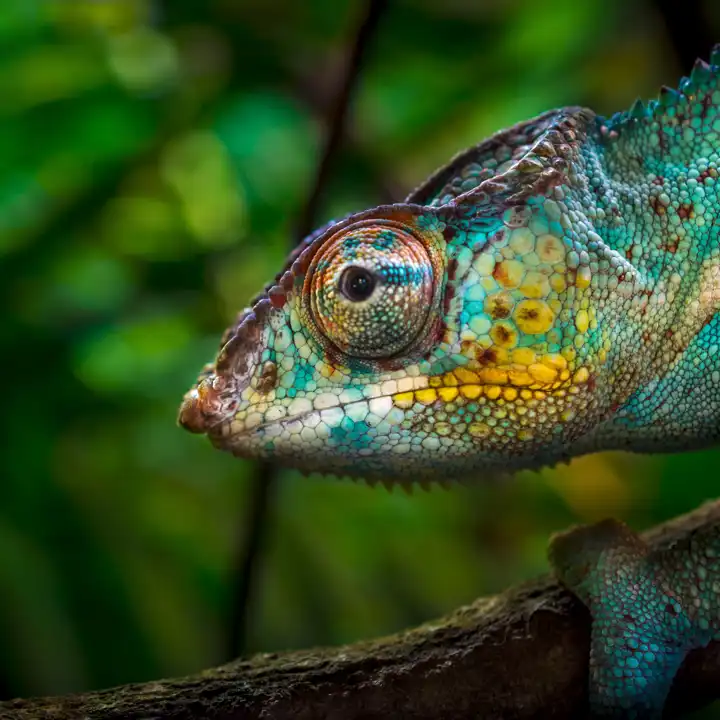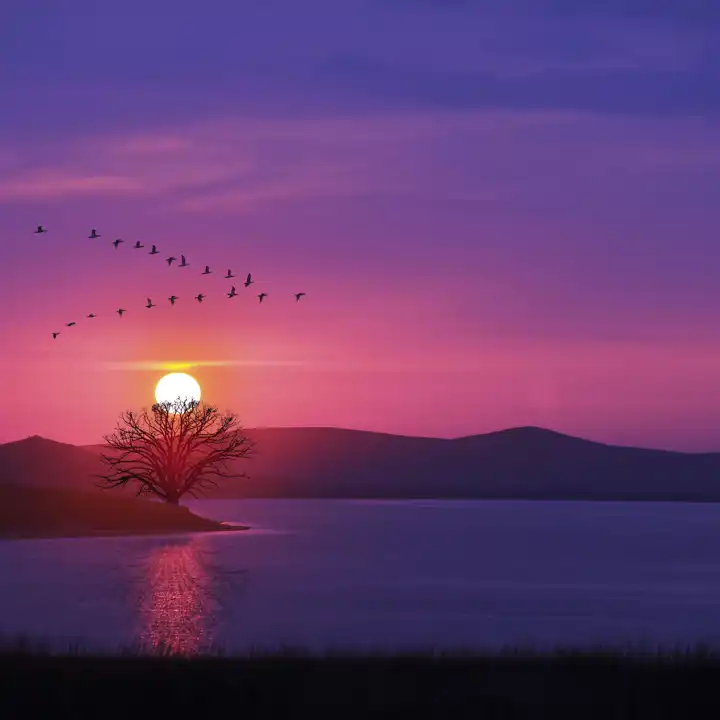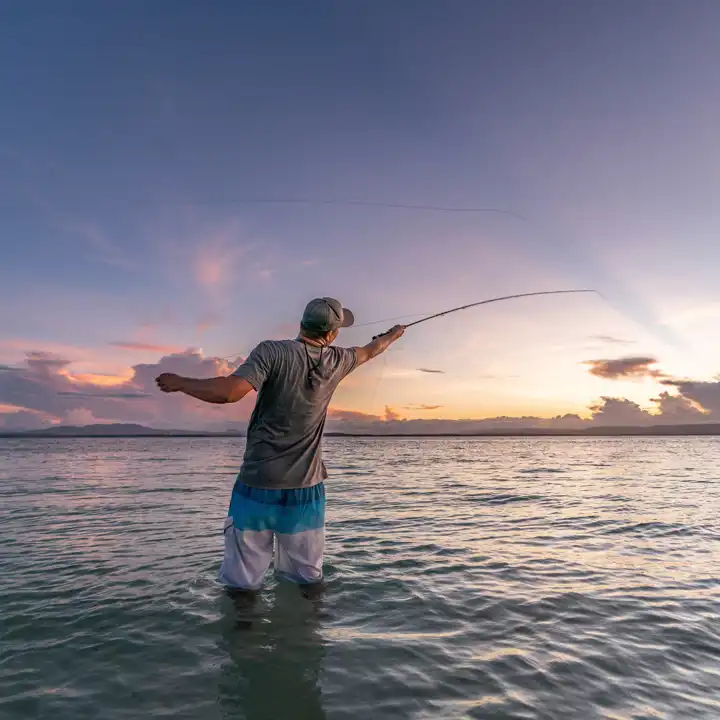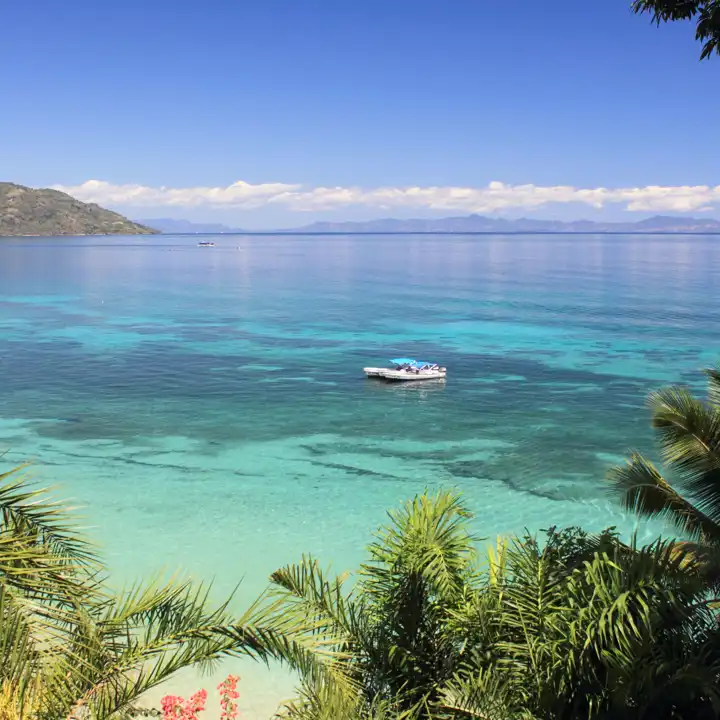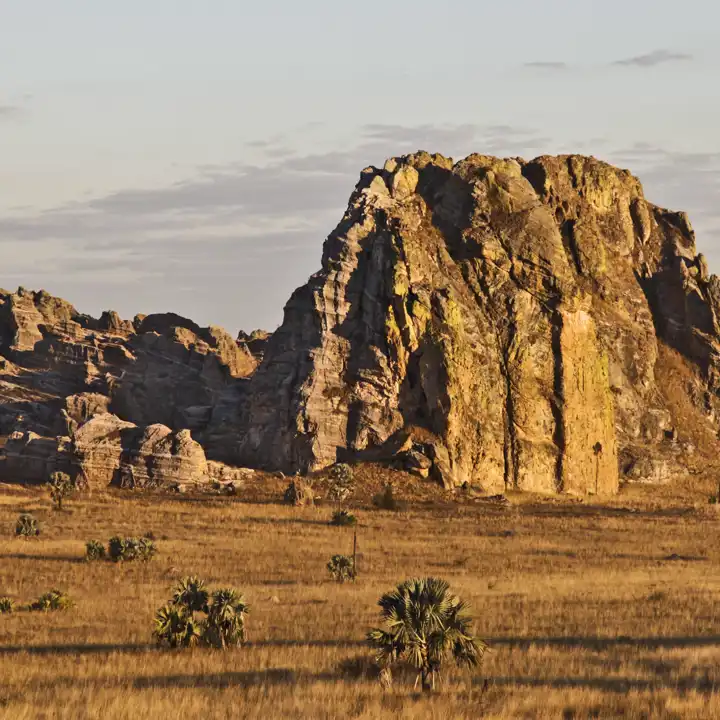Madagascar
Wild, Intoxicating, and Altogether Otherworldly
Madagascar
A Madagascar holiday is wild, intoxicating, and altogether otherworldly. Madagascar is the only Afro-Asiatic island on the planet, a compelling amalgamation of Indo-Malayan culture and ancient African landscape. Here, rice paddies are just as part of civilization as zebu cattle. Tribal ancestral adoration locks arms with modern Christian belief.
Standalone Destination
Sequestered from its African and Indian motherlands some 88 million years ago, Madagascar now subsists as its own standalone destination. It is certainly famed for its nature, most of which you can’t find anywhere else in the world. And that’s not an exaggeration. Five-percent of all the world’s known animal and plant species make their home here and here alone. Fifty percent of the birds, 80-percent of the flora, 90-percent of the reptiles, and 100-percent of the mammals—including the beloved lemurs— are endemic to the island. To call it a naturalist’s paradise is an understatement. Many of these stunning creatures can be seen during our Madagascar luxury safaris.
Madagascar is the fourth largest island on Earth, more than twice the size of Great Britain. The sheer enormity of its mass coupled with its unique location in the Indian Ocean just south of the equator create both dramatic climate changes and varied terrains of breath-taking beauty.
Diverse Landscape
To the north, the tropical islands, white beaches, and dazzling coral reefs give way to the dry tsingy peaks, limestone forests, and towering Baobabs of the West. Around the capital of Antananarivo, lovingly referred to as “Tana”, the Highlands region is reduced to lush rice paddies in a matter of miles, only to reveal the hike-inducing woodlands and hidden streams to the East and mystical tombs and pristine tribal reserves to the South. In Madagascar, there are national parks that see at most 100 visitors per year. Indeed, some resorts are so remote they require a private plane or boat to reach them. Madagascar enjoys days of endless sunshine to the envy of most tropical islands. It is the land of secluded and sometimes mind-boggling adventure.
Indigenous Culture
Culturally, Madagascar is a veritable melting pot. The first people arrived here between 350 BC and 550 AD from Borneo. Bantu migrants crossing the Mozambique Channel followed a few centuries later. Add to this group various Arab, Indian, and Chinese settlements, and you will understand the Malagasy culture as Marco Polo first “discovered” it in 1500. United under the British monarch in the 19th century, only to become a French colony in 1896, Madagascar eventually earned its independence in 1960. Today, the estimated 22 million Malagasy divide themselves into 18 main clans. They produce some of the most brilliant handicrafts on the continent, and speak a beautiful, flowery language all their own.
A Madagascar Holiday with Ker & Downey
Contact Ker & Downey to customize one of our luxury Madagascar holidays and especially to extract the most luxury and nuance out of this provocative island.

